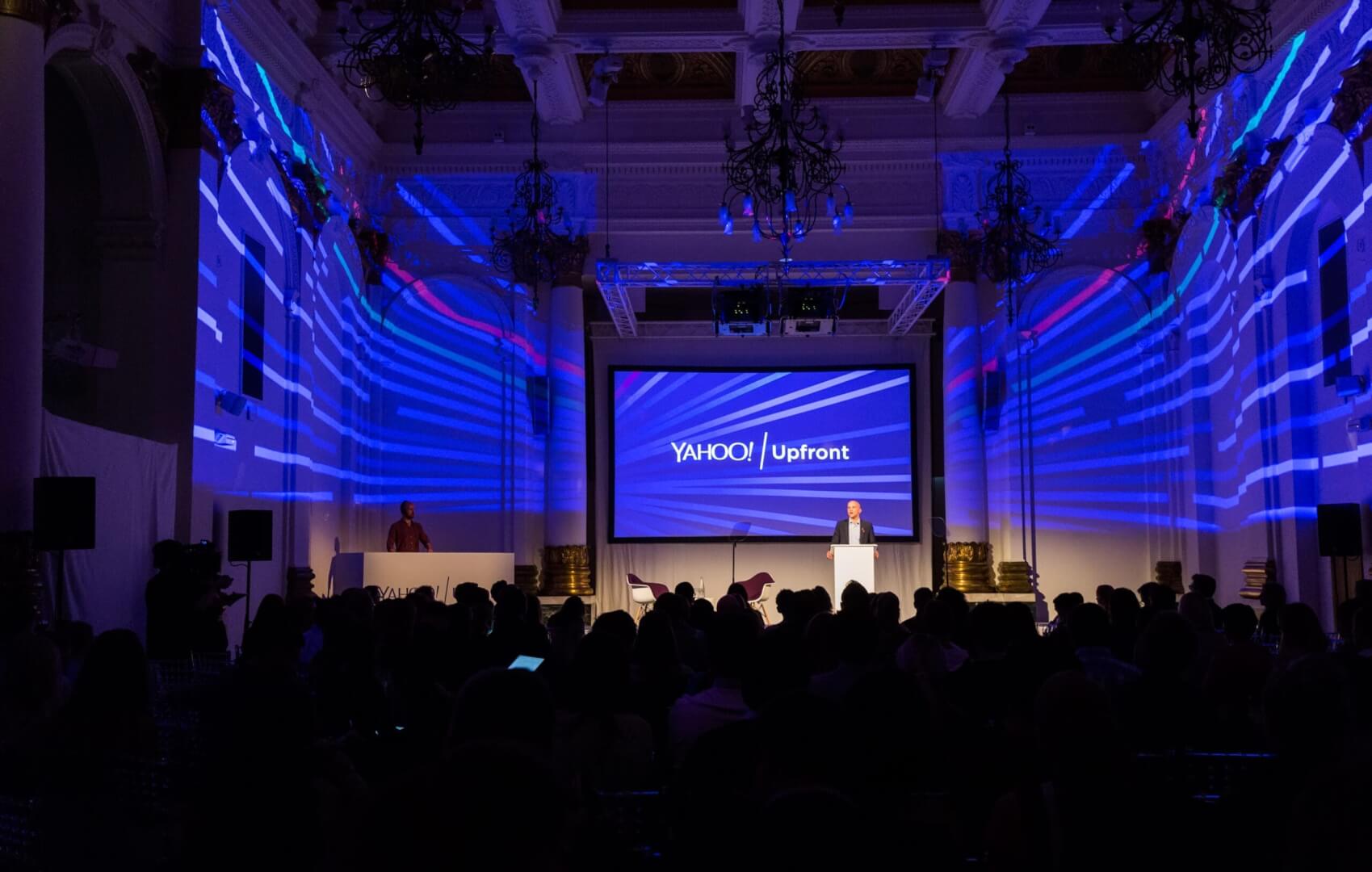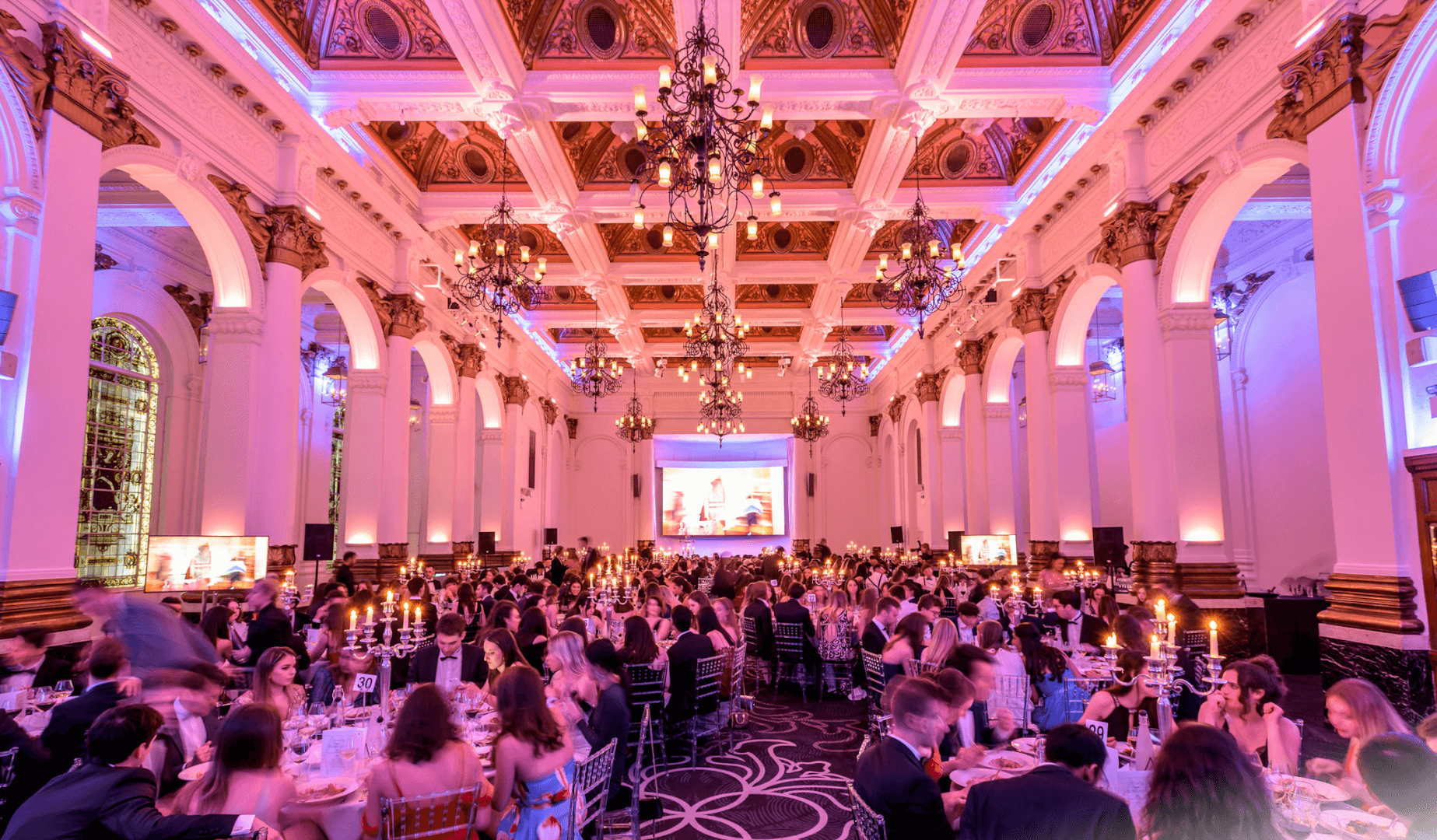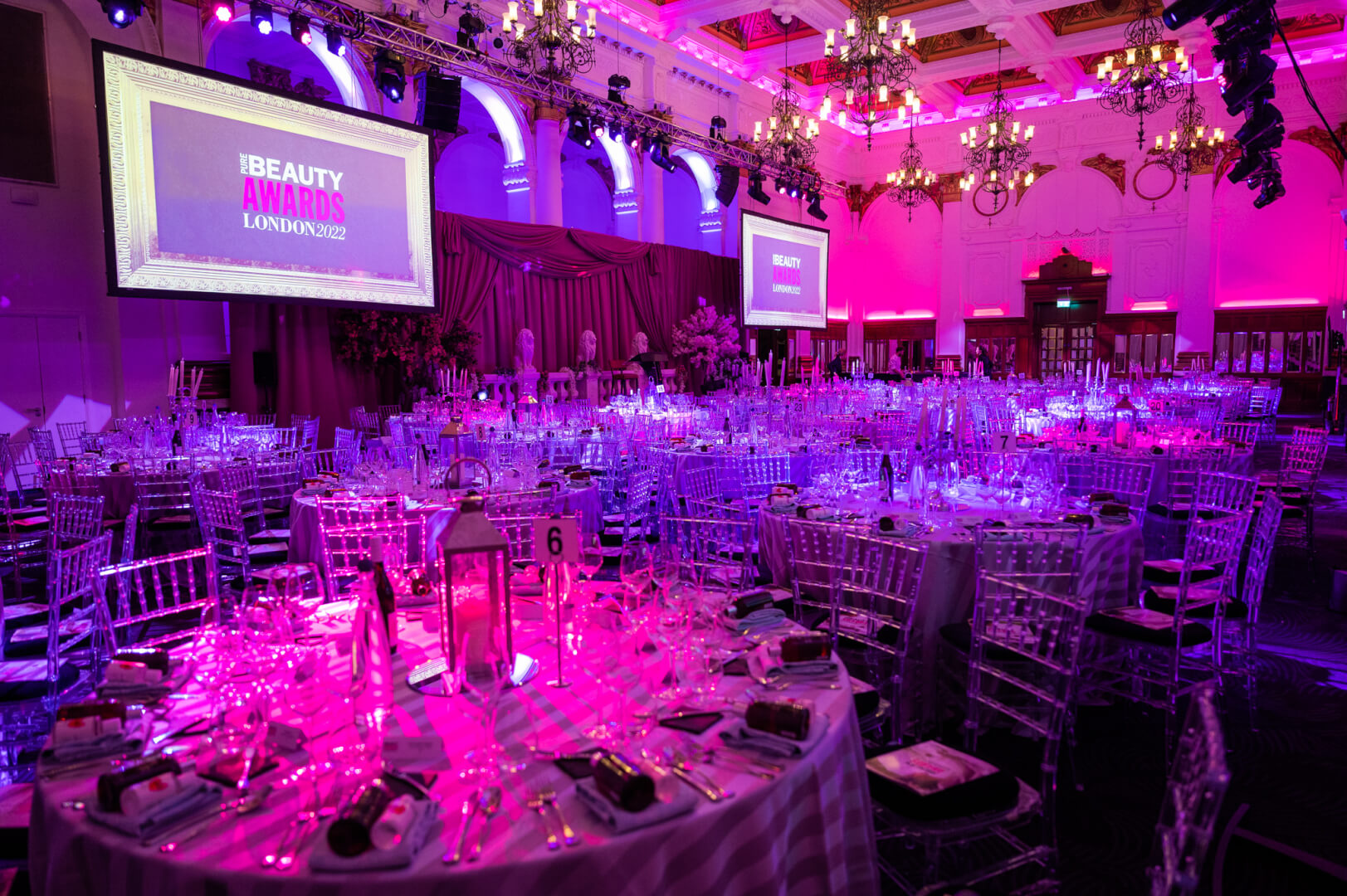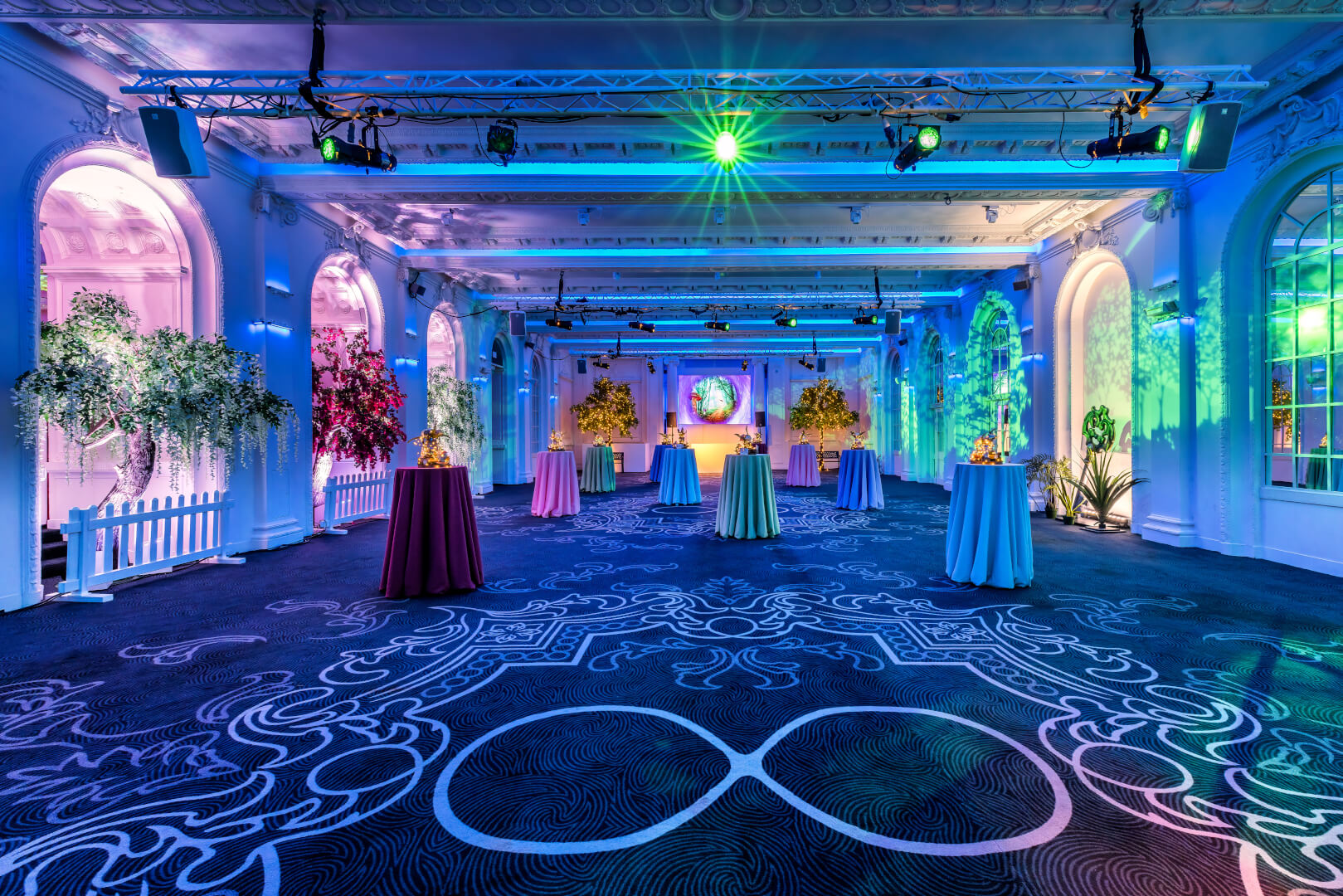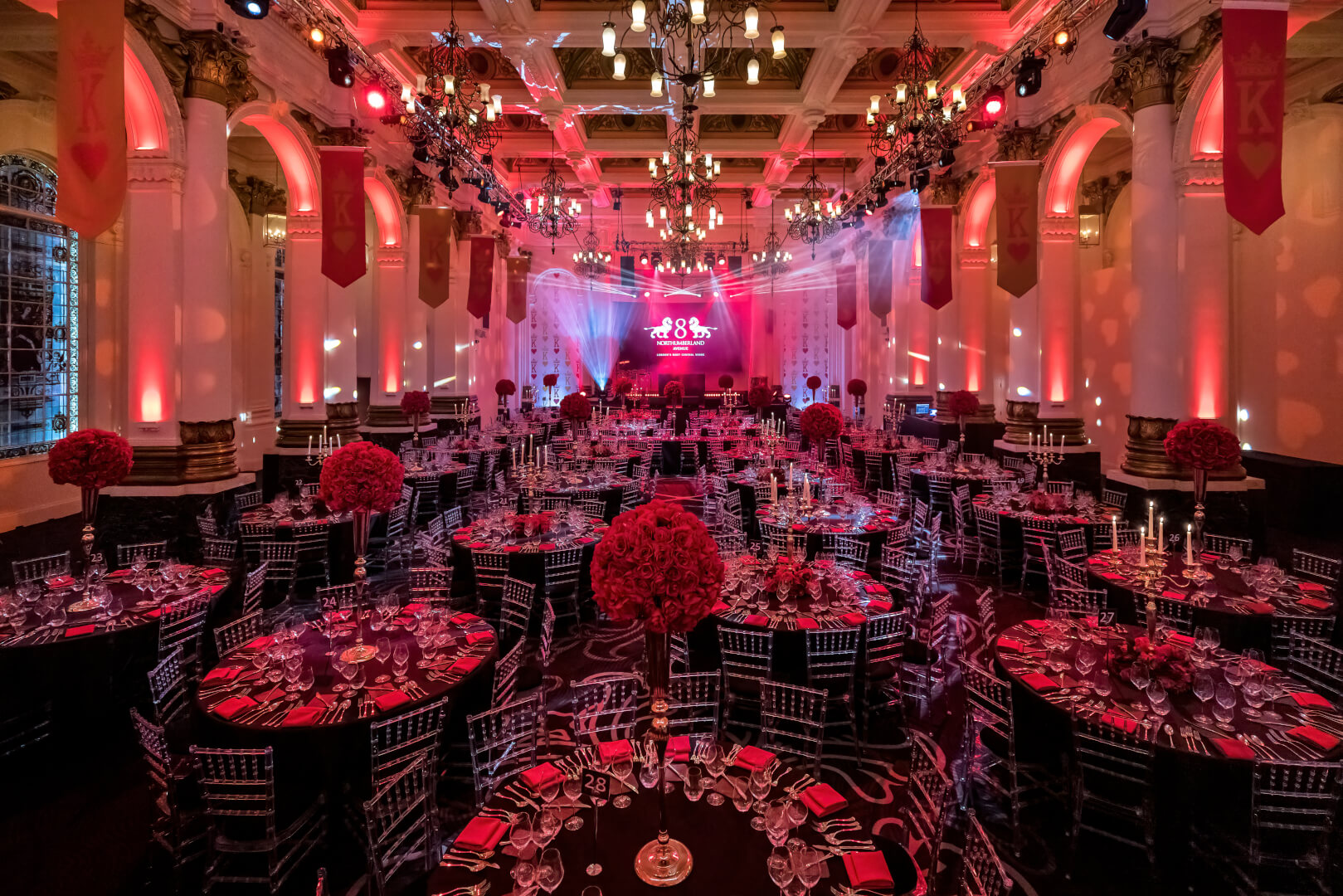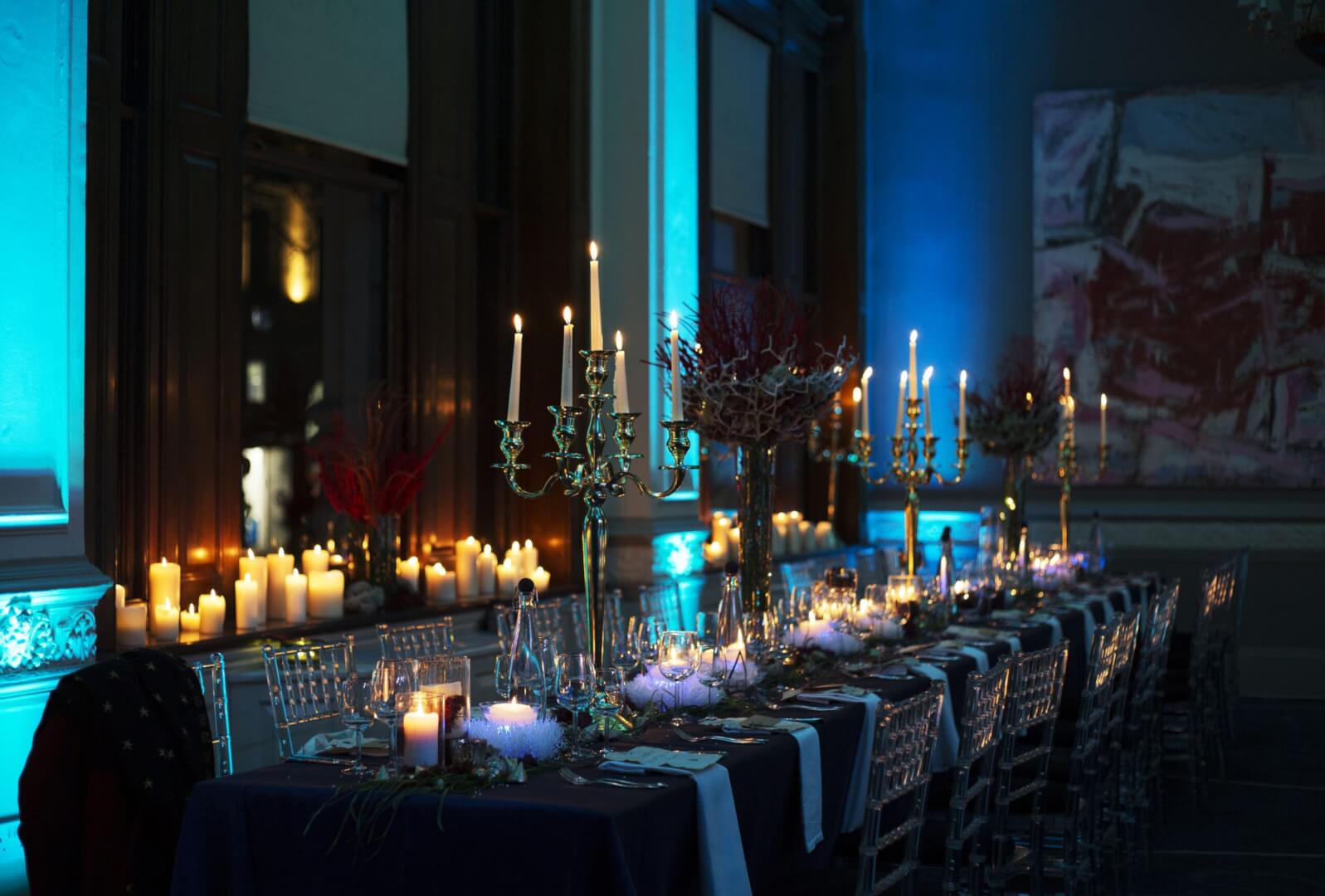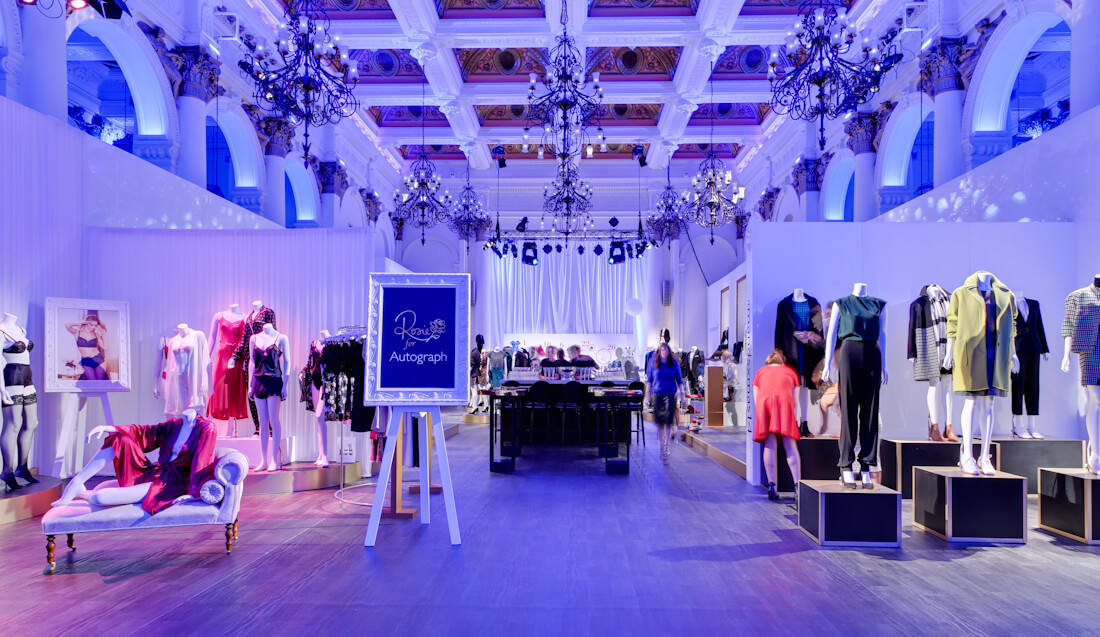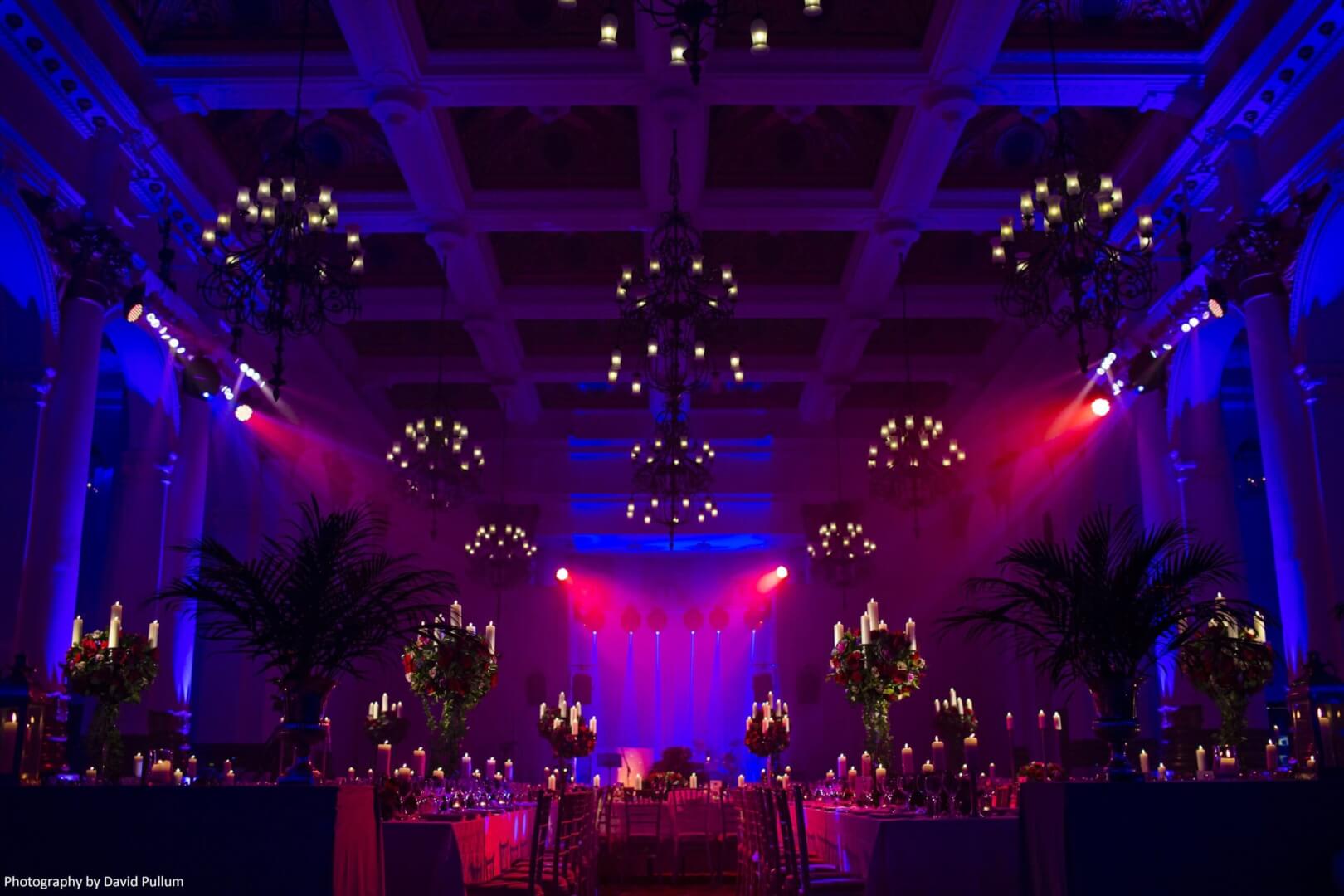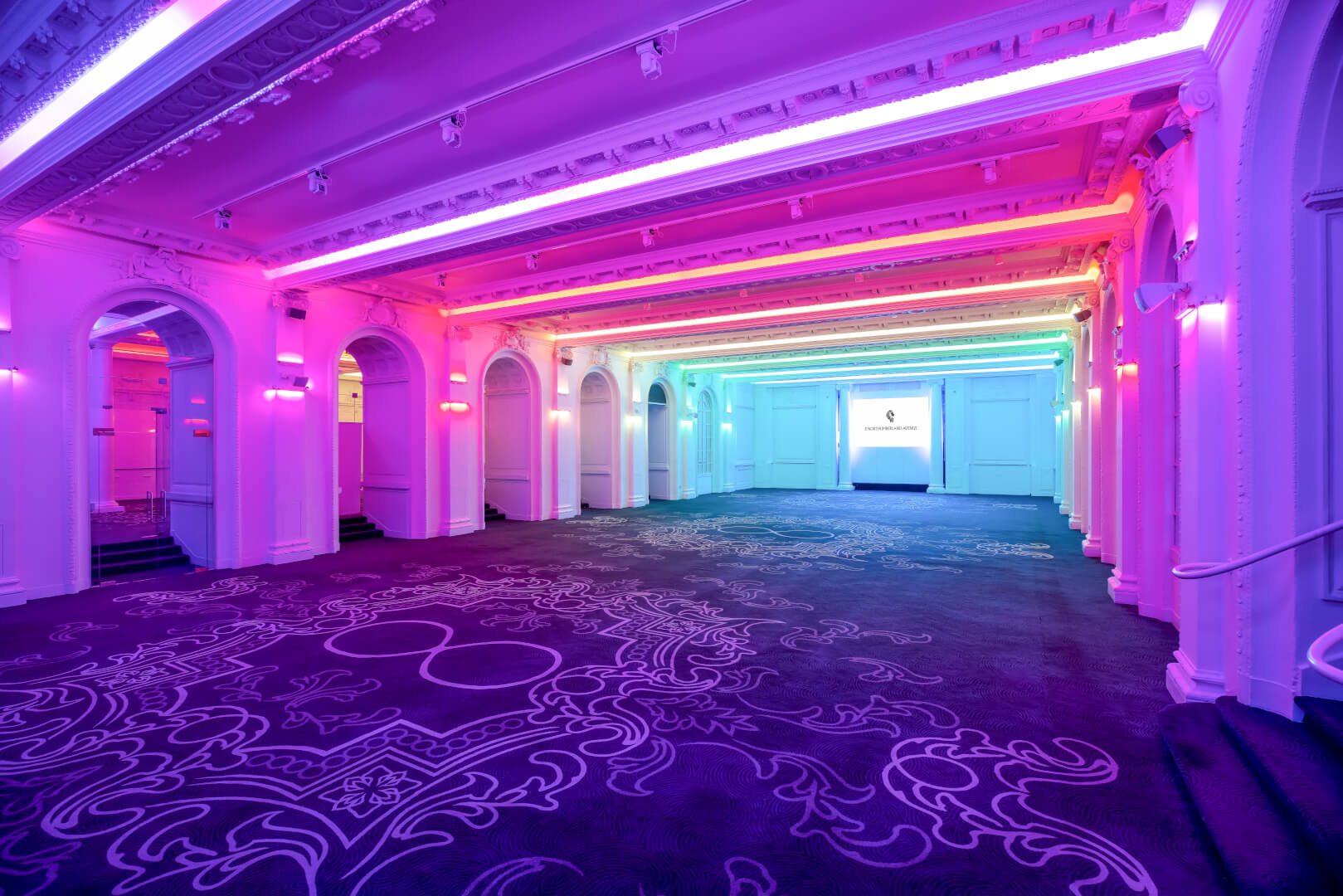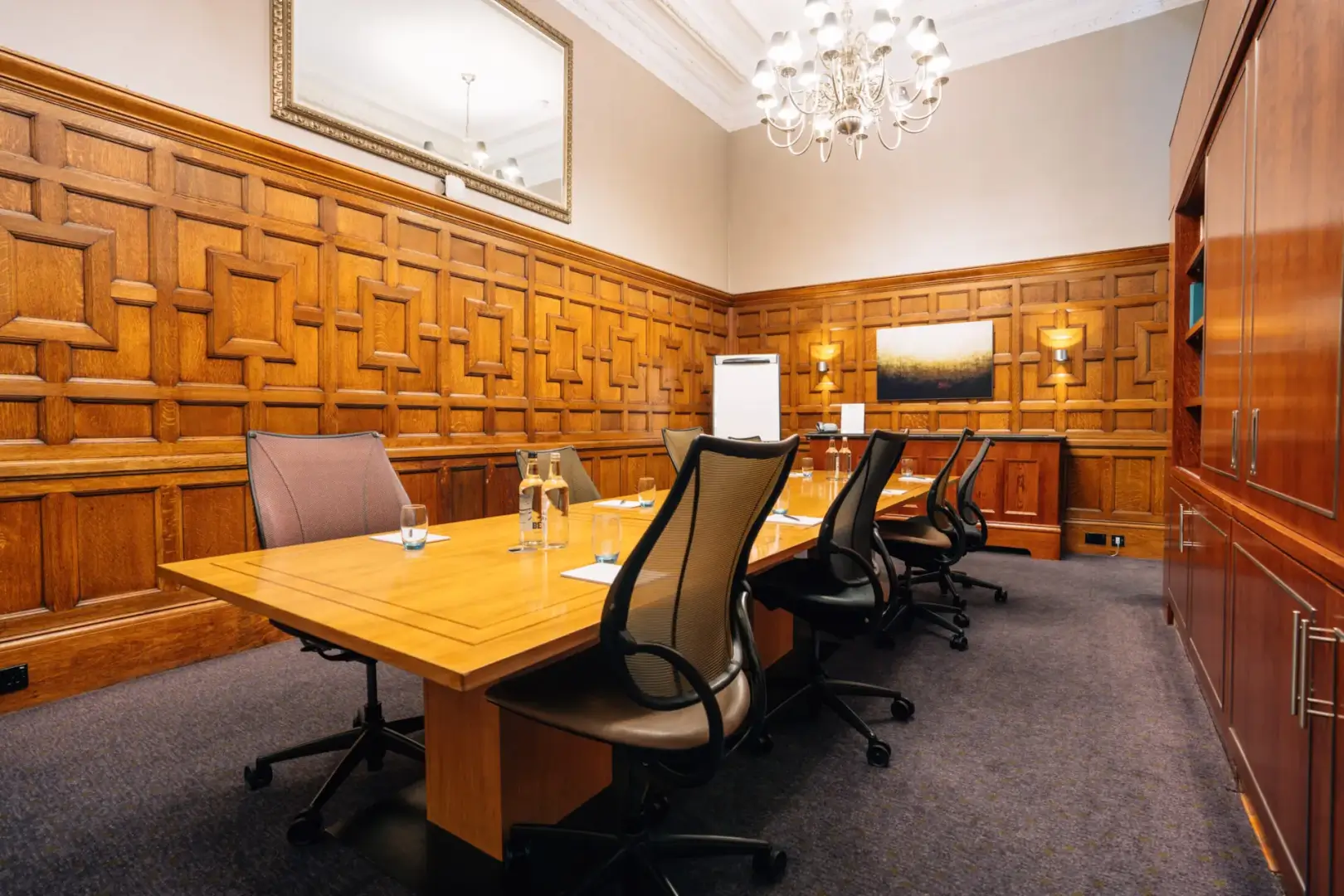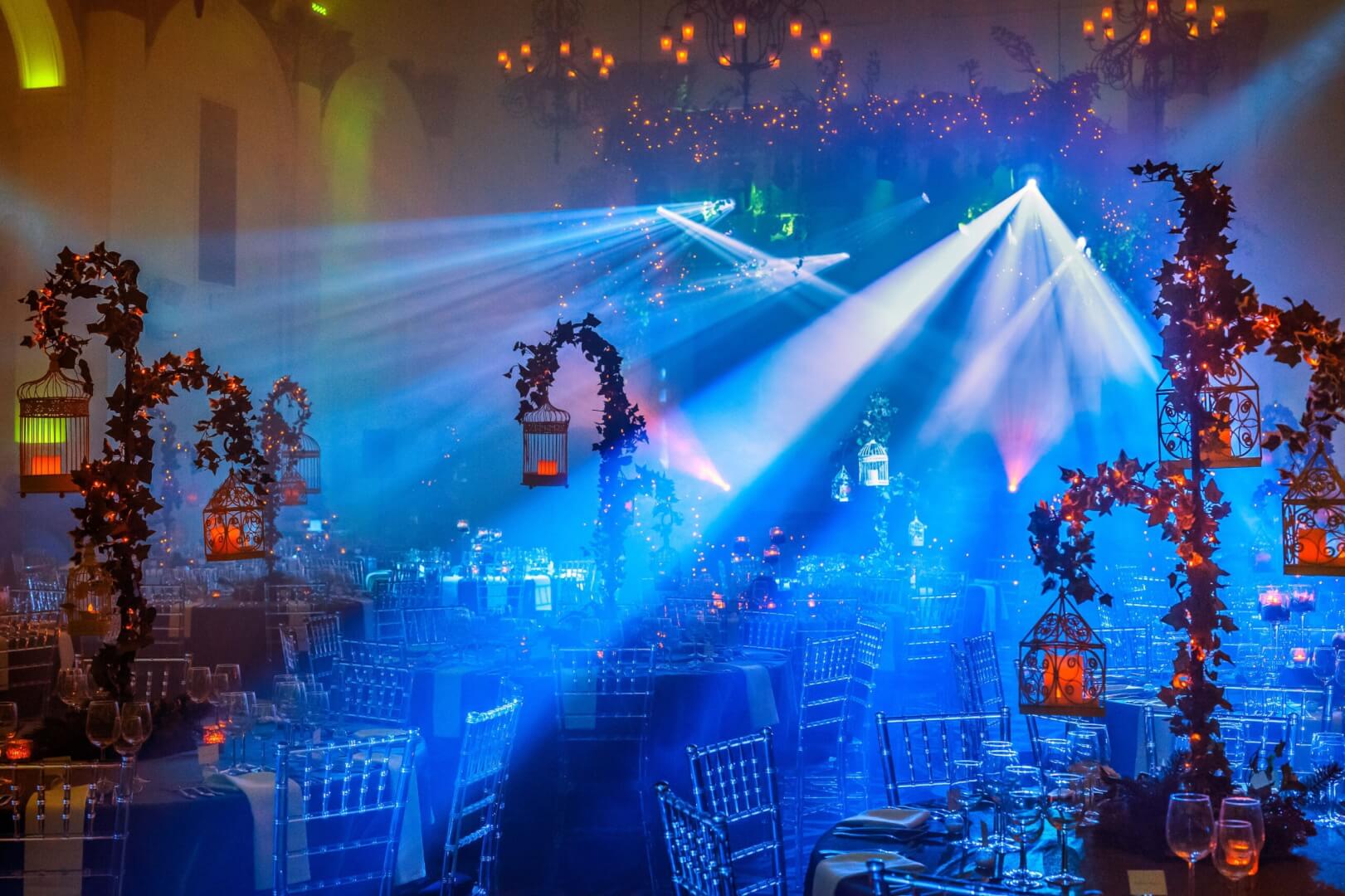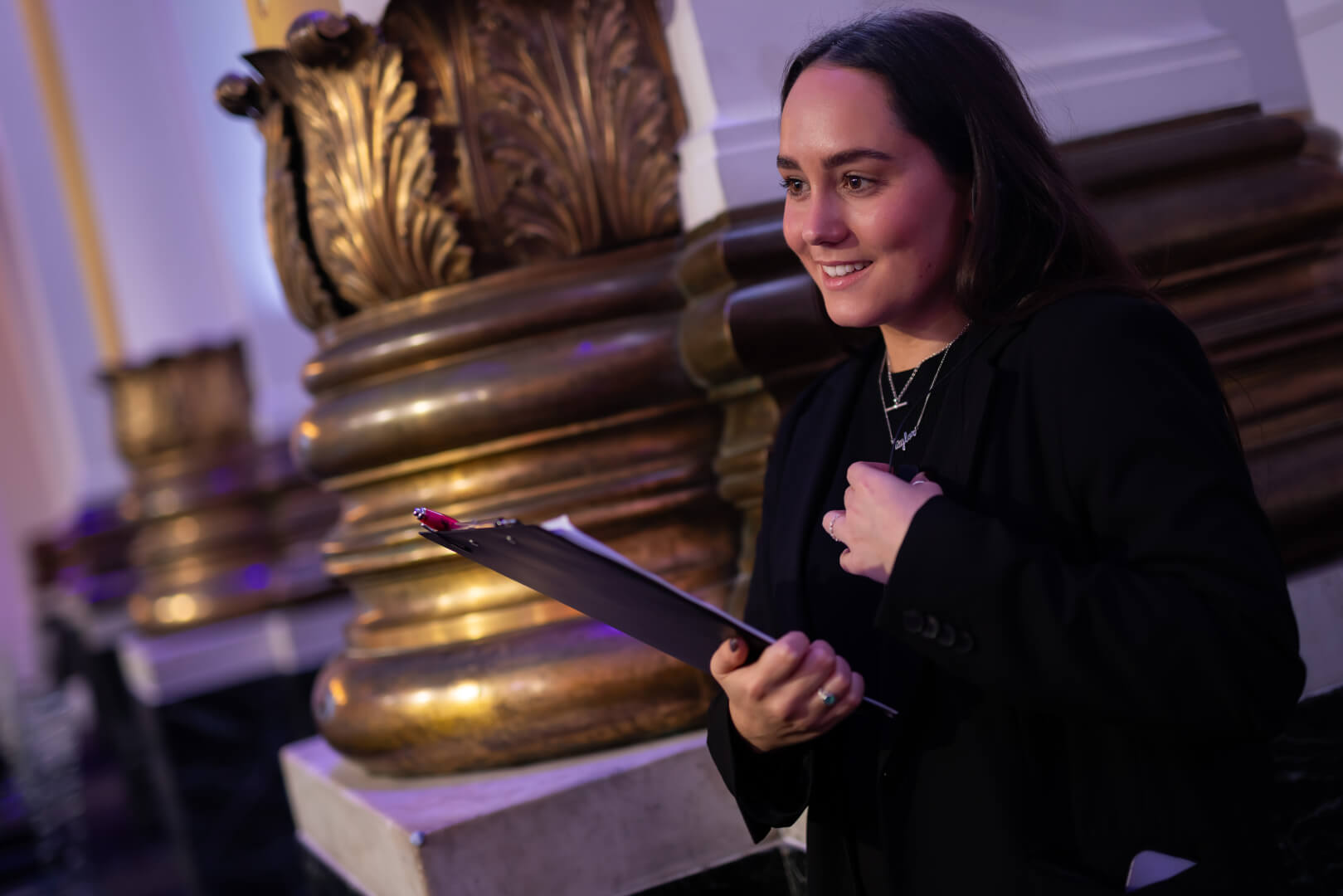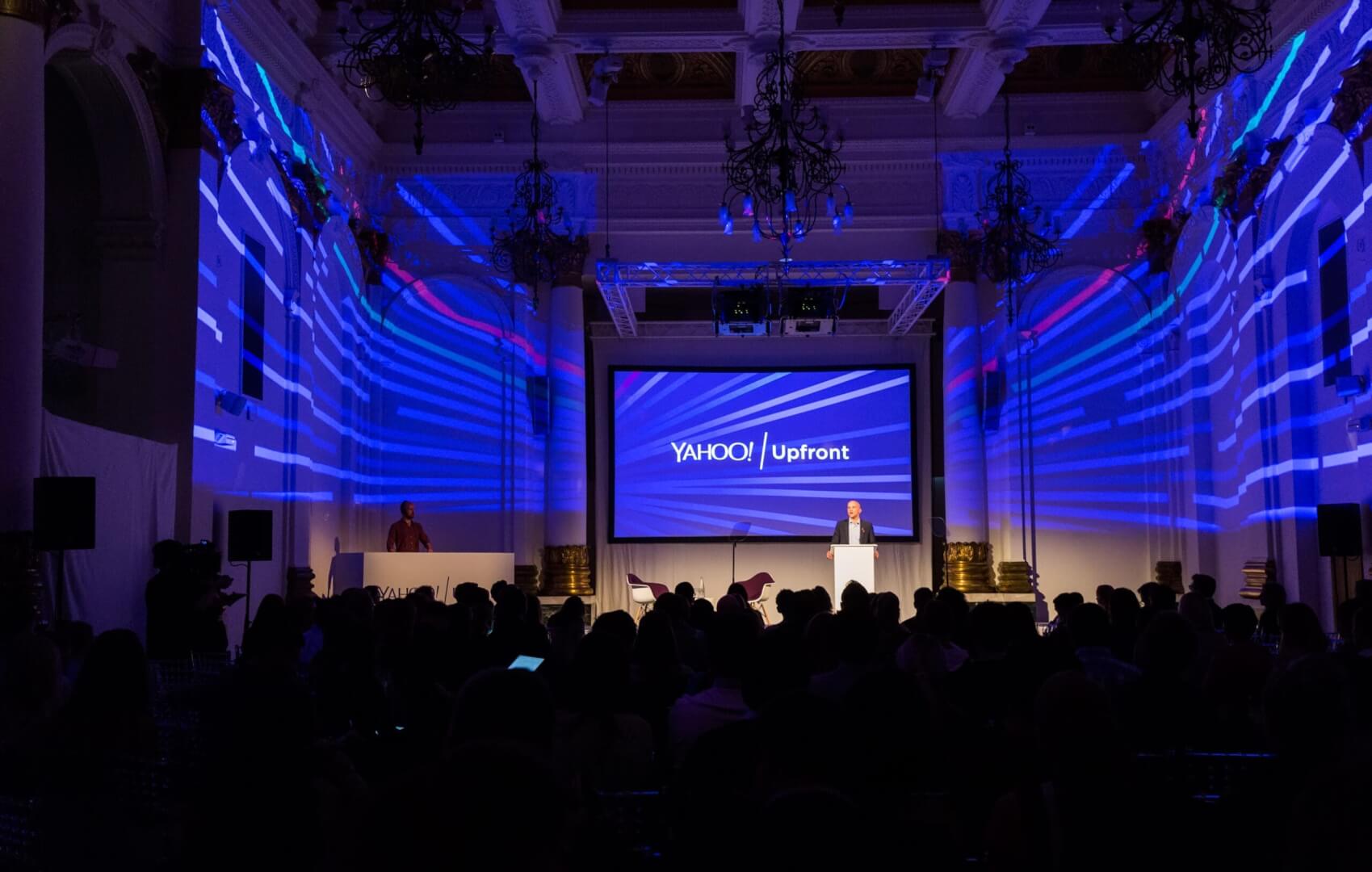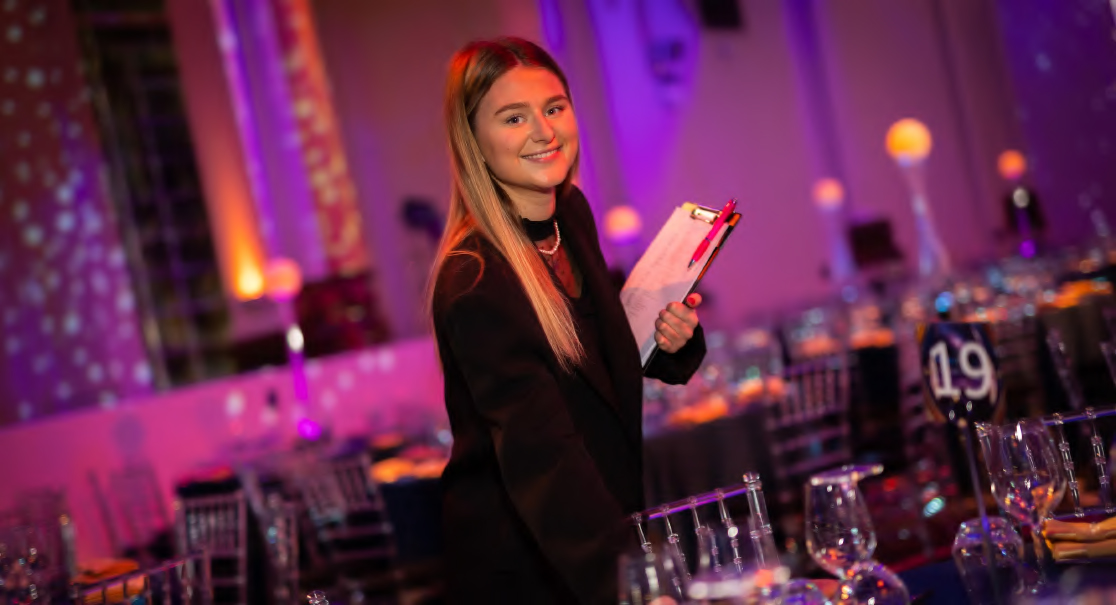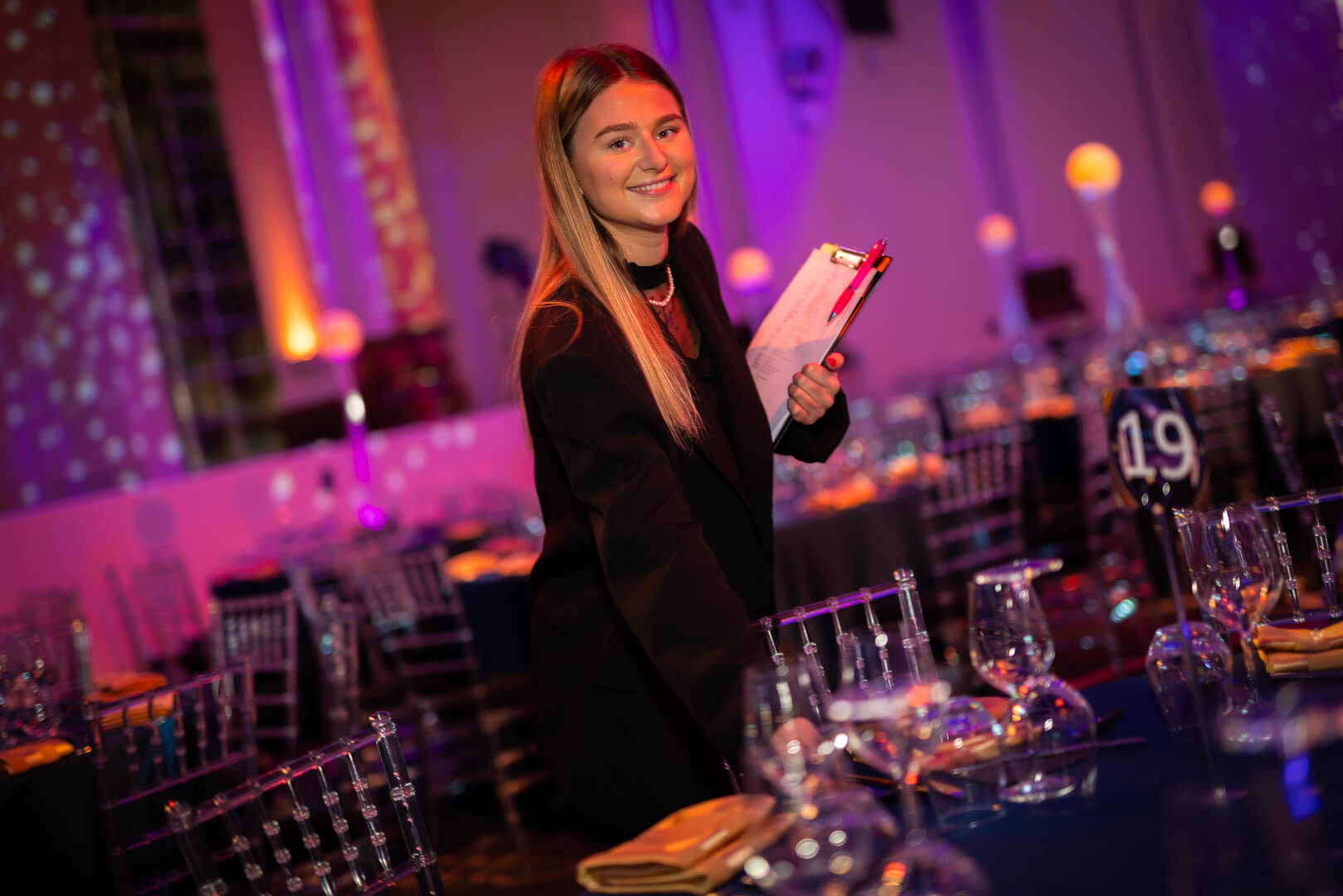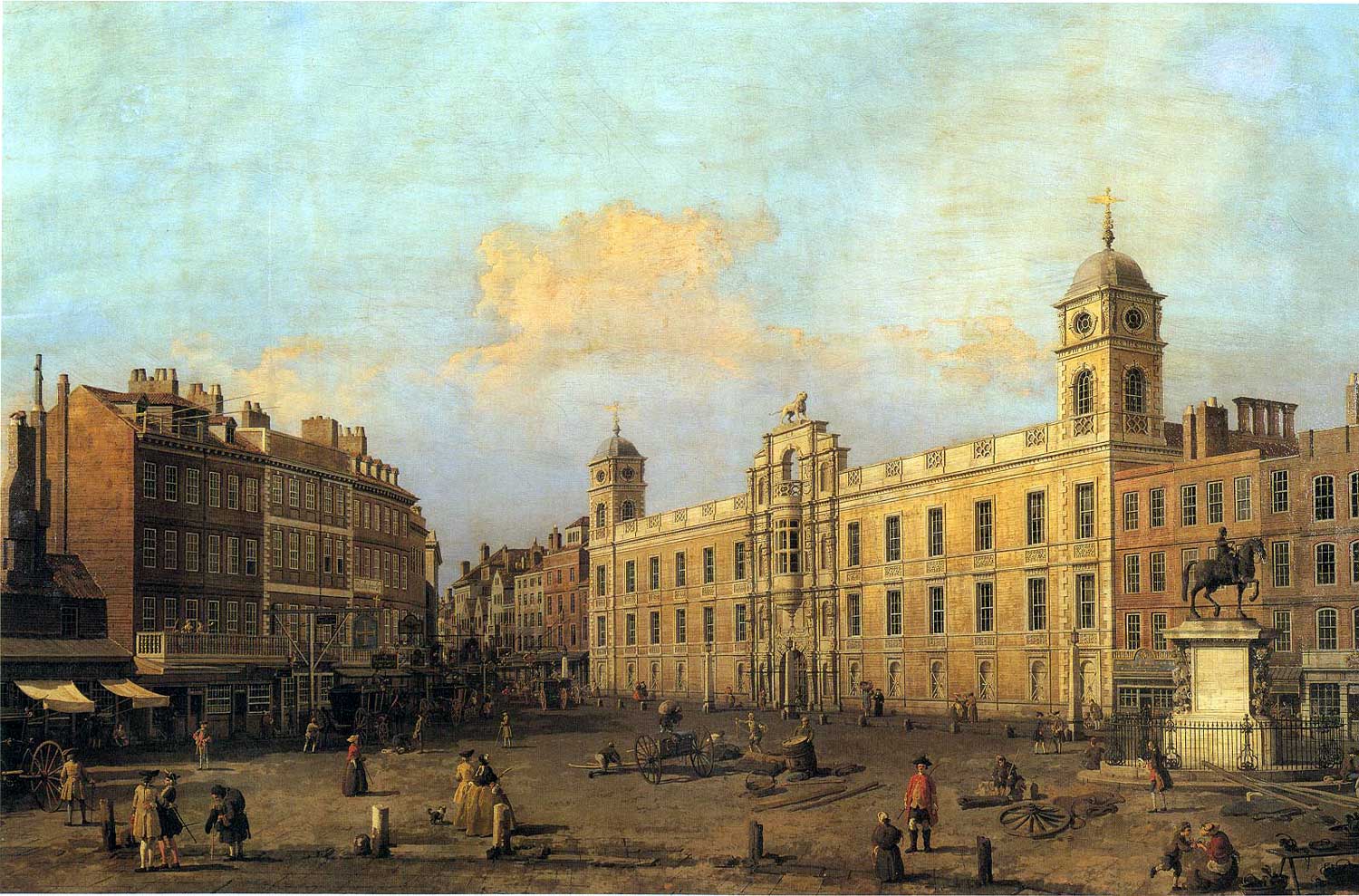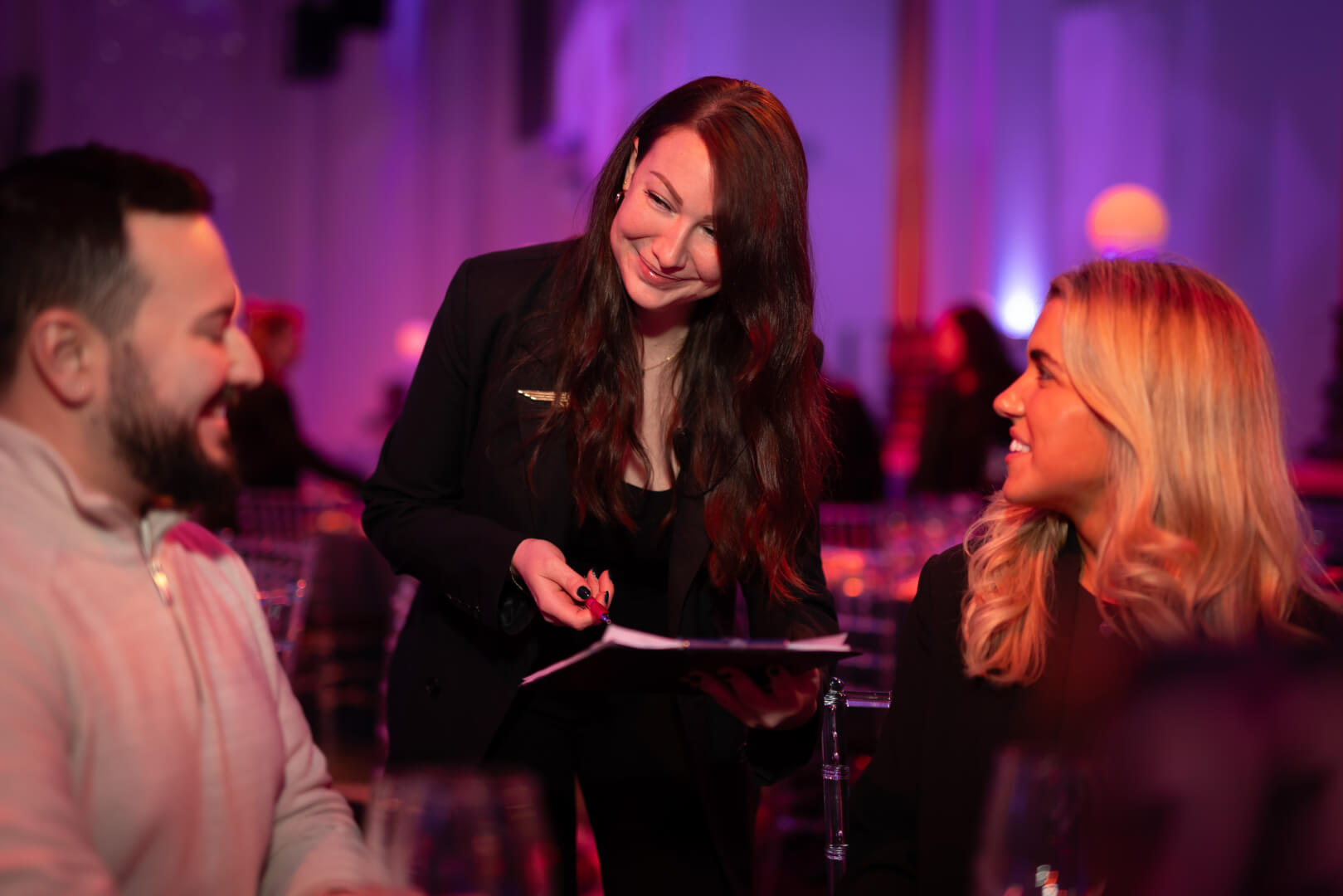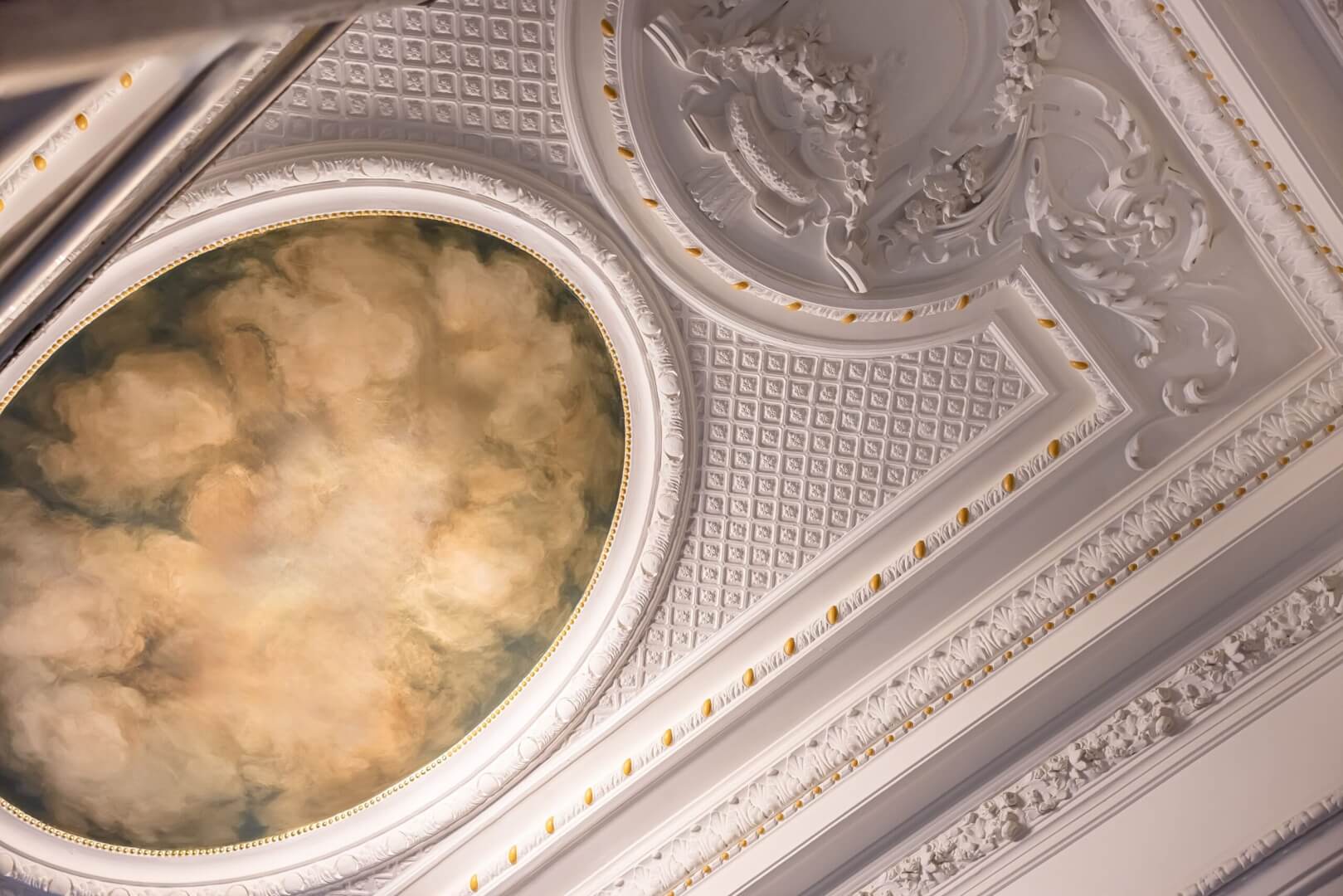Creating Memorable Content At Conferences
Today’s organisations have great content and great stories to tell however, one of the biggest challenges faced by Marketing and Communications Professionals and Event Planners is coming up with fresh new ideas that bring to life content and engage their internal and external audiences. One of the most impactful methods of communication that can be used is visual communication.

There are many types of visual communication and 8 Northumberland Avenue’s Director Charles Boyd spoke on a panel at Communicate Magazine’s ‘Creating Visual Content for Internal Organisations’ conference on the 3rd March about how you can bring those communications to life through the use of 3D holographic projection.Before any type of filming whether that’s 2D or 3D it is always important to define your objectives, what do you want as an outcome, what are you trying to make people think, know or do as a result of the communication they receive. Once you define this objective think about your audience. Who are they? What languages have they got? What technology do they use? What are their motivating factors, what turns these people on? Then think about content that is going to affect that change. If you know who they are and you know what you want to achieve, then and only then is it right to start talking about the right medium of delivery. During Charles’s presentation he talked about how relevant these rules are when using 3D holographic display and in particular the question of “So What?”, “what’s the point and what’s the value?”. Statistics suggest that when you attend an event you will walk away with only 7% of what the speaker presents to you, so when you consider that speaker’s time in regards to working on their presentation, getting to the venue, waiting to speak, it’s maybe 4-5 hours and you as an attendee with walk away with 42 seconds! It’s not a great return is it?
Charles went on to say that “if we could increase that 42 seconds to 1 minute then that would be really valuable”. 3D holographic projection is an extremely powerful way of achieving that objective particularly when interacting with real people. Consider the impact of the 2pac hologram at the 2012 Coachella Valley Music and Arts Festival and Michael Jackson hologram at the 2014 Billboard Music Awards and the buzz that was created in the media, online and on social media afterwards.
There was complete silence in the room whilst Charles showed a breath-taking 3D holographic presentation of the Yota Swan Lake Ballet, the audience was captivated. The video was used for an after show party at 8 Northumberland Avenue and was considered to be so real that when the event was being set up and the video was being re-run to get the lighting right, a florist running backwards and forwards with flowers at one point said “oh that poor girl, she must be exhausted”. These being examples of entertainment, Charles went on to give three examples of where 3D hologram displays have been used in a business communication environment” The first example he used was a very well known UK company with a good high street presence and web presence who had taken the decision to install new software resulting in what can only be described as a year of hell! They lost key employees and there was huge dissatisfaction, so they decided to hold a conference in a central London location inviting all their key managers and wanted to do it ‘high tech’ to instil confidence and belief that they now had control of their technology. The two presenters used 3D holograms of themselves as Star Trek characters to interact with the delegates throughout the conference. The second, a financial company who had to deliver a keynote speech during their Christmas party in London. Not very exciting, so the Chairman decided to make her presentation as engaging as possible with 3D holograms of herself in different outfits, at one point having 7 different versions of herself on stage at one time!
Charles made a great statement in regards to the audience response “what I always try and do when the hologram is on is look at the audience, watch their faces, and watching their faces when Ian disappeared was great because they had forgotten he wasn’t there, it was really, really powerful”.
There were a number of questions from the audience perhaps the most interesting was from the Editor of Communicate Magazine, Brittany Golob, who wanted to know what the practical implications would be for companies with the use of holograms, such as cost, security and accessibility. Charles responded by explaining the practical aspects, the example of 4G telepresence was a world first which will result in a more cost effective method in comparison to projection over satellite and fibre optic. The other consideration is that you remove any unnecessary travel, which can save considerable time and money and also eliminate any security issues, particularly those associated with a high profile speaker or guest.
Charles’s presentation showed examples of really powerful and fun ways of getting across a key organisational message to an audience that is both memorable, interactive and engaging and going back to the “so what?” perhaps consider using 3D holographic display at your next company presentation, it may just help you achieve that 1 minute!
Last but by no means least an example of holographic telepresence. During an conference at 8 Northumberland Avenue a holographic telepresence was delivered over a combination of 4G networks. The MD of Musion Events, a world leader in 3D holographic projection, was projected into the ballroom where there was a live audience, he had a screen and audio and was able to interact directly with the audience as if he were actually present in the room.

